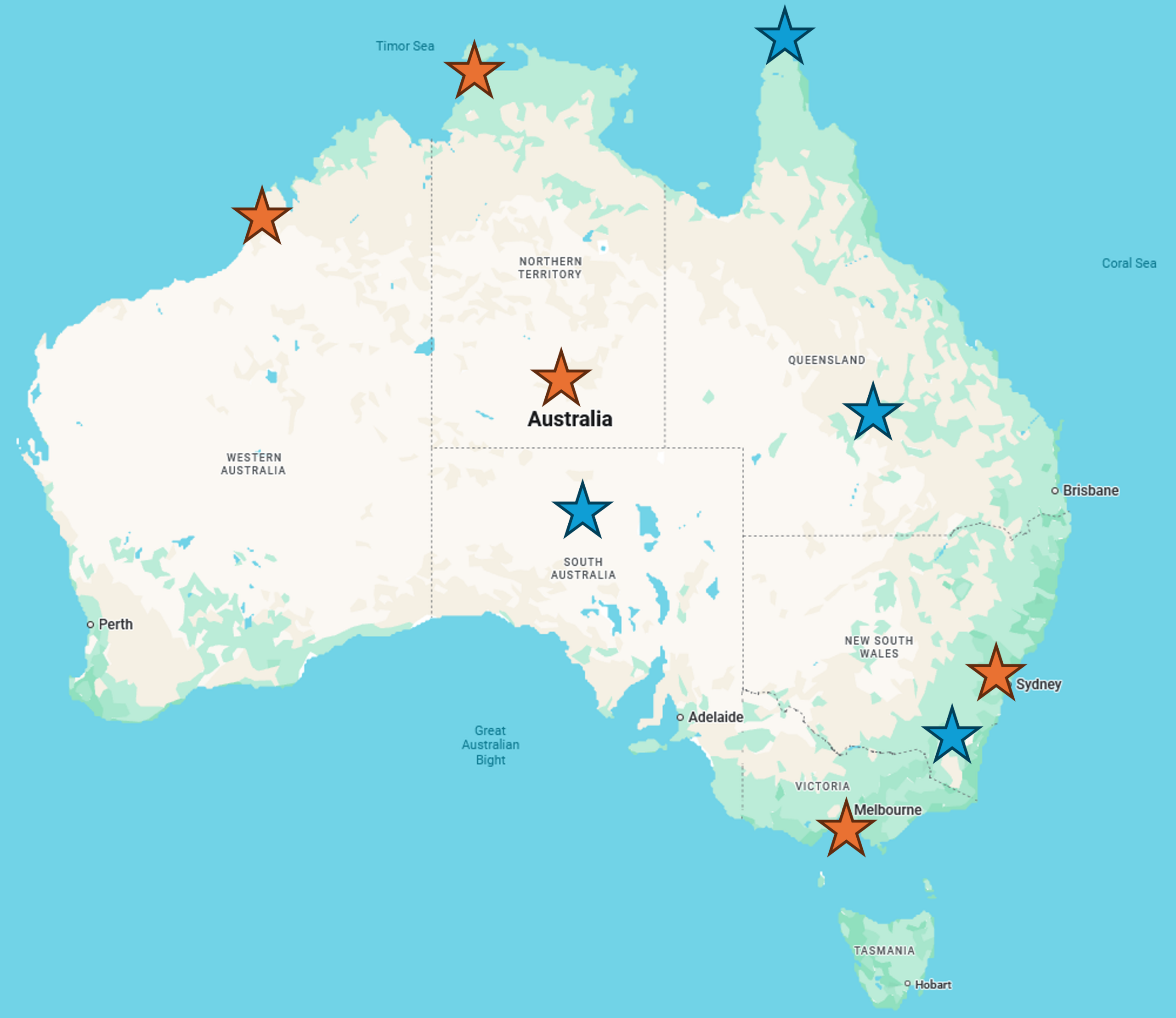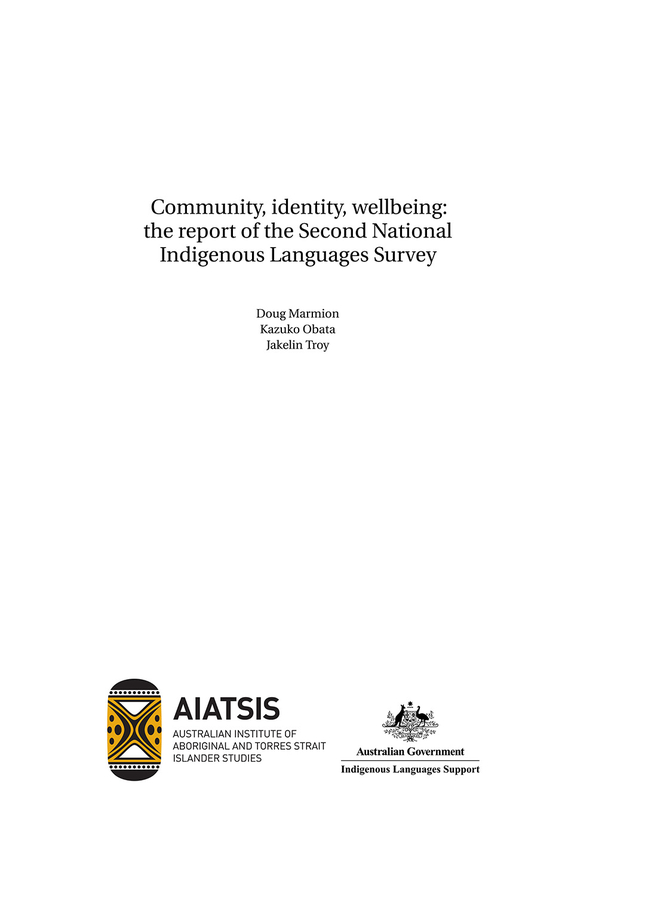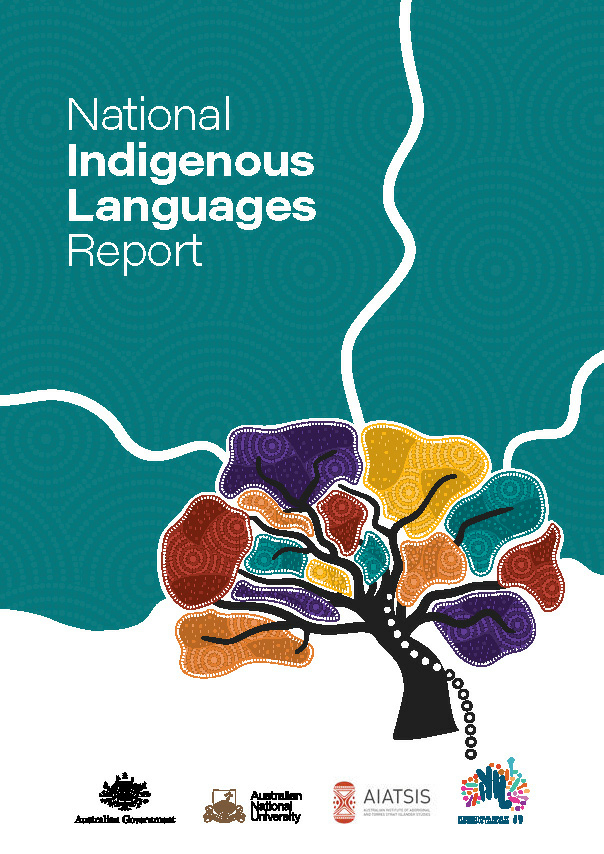Nominate a language respondent to fill out NILS4
We want to hear from Aboriginal and Torres Strait Islander language respondents who can represent their language in the Fourth National Indigenous Languages Survey. The survey will be open until 28 February 2026.
Click here to tell us who should respond to the NILS4 survey
Or email us at nils@aiatsis.gov.au
Australian Indigenous languages are an integral part of our country’s rich cultural heritage, reflecting the unique histories and traditions of Aboriginal and Torres Strait Islander peoples. These languages hold deep significance, connecting communities to their land, spirituality, and ancestral knowledge.
The National Indigenous Languages Surveys (NILS) regularly report on the situation and status of Aboriginal and Torres Strait Islander languages across Australia. The results of the survey are important for understanding how the government and Aboriginal and Torres Strait Islander communities can work collaboratively to ensure that our languages flourish for future generations.
The data from NILS identifies the specific needs and challenges of each language community, enabling the Australian Government to tailor its language revitalisation programs and policies to be most effective and culturally appropriate. NILS also provides language communities with national-level data to support self-determined language work and advocacy.
Fourth National Indigenous Languages Survey (NILS4)
The upcoming fourth NILS (NILS4) is the main data source for Target 16 of Closing the Gap.
Closing the Gap Target 16:
By 2031, there is a sustained increase in number and strength of Aboriginal and Torres Strait Islander languages being spoken.
Closing the Gap Outcome 16:
Aboriginal and Torres Strait Islander cultures and languages are strong, supported and flourishing.
NILS4 aims to reimagine the way language strength is measured in Australia according to Indigenous-led understandings of “strong”, “supported” and “flourishing” that emerged during the co-design process. By being founded in Indigenous worldviews, NILS4 will produce data that transforms how government policies and programs are designed and implemented. The data from NILS4 will also build an evidence base for targeted and effective self-determined language strengthening efforts. NILS4 will also include data from underrepresented Indigenous languages including sign languages and new languages.
NILS4 is the first NILS survey to be co-designed with Aboriginal and Torres Strait Islander communities. The survey has been co-designed with over 150 Aboriginal and Torres Strait Islander language representatives across Australia, from every state and territory. This includes Elders, teachers, interpreters, sign language users, linguists, language workers, and government representatives.

Map of co-design workshops for NILS4, completed in 2025. Orange stars represent the locations of workshops that were held on Country, blue stars represent regions which had dedicated online workshops. Individual representatives from other regions not indicated here also attended workshops, and a dedicated workshop was also held for Indigenous sign languages.
Map of co-design workshops for NILS4, completed in 2025. Orange stars represent the locations of workshops that were held on Country, blue stars represent regions which had dedicated online workshops. Individual representatives from other regions not indicated here also attended workshops, and a dedicated workshop was also held for Indigenous sign languages.
Our priority is to accurately represent the diversity of Aboriginal and Torres Strait Islander languages and embed Indigenous Data Sovereignty principles in all aspects of the research. NILS4 will be an opportunity to not only collect data to report on progress against Target 16 of Closing the Gap, but also for Aboriginal and Torres Strait Islander communities to get data on their own languages that they want and need, so they can tell their own stories about their languages.
Previous NILS
First National Indigenous Languages Survey (NILS1)

NILS1 was conducted in 2004 as a partnership between AIATSIS and the Federation of Aboriginal and Torres Strait Islander Languages (FATSIL). The report, published in 2005, found that there were 145 Indigenous languages still spoken in Australia. Of these, only 18 traditional languages were still being learned by children as their first language, and 3 or 4 of those were showing signs of decline in language transmission. 110 languages were identified as severely or critically endangered.
Second National Indigenous Languages Survey (NILS2)

NILS2 was conducted in 2014 as 2 surveys: a Language Activity Survey completed by organisations and a Language Attitude Survey completed by individuals. NILS2 had an Aboriginal Chief Investigator, Ngarigu linguist Professor Jakelin Troy and a reference group made up of Indigenous language experts around Australia. It found that there were 120 traditional Indigenous languages still spoken in Australia and only 13 traditional languages still being learned by children as a first language (a decline of 5 languages from 2004). Around 100 languages were identified as severely or critically endangered.
The Language Attitude Survey led to the publication of the report “Community, identity, wellbeing: the report of the Second National Indigenous Languages Survey”. This was one of the first publications which provided evidence for Aboriginal and Torres Strait Islander peoples’ strong conviction that language use is tightly linked to Indigenous wellbeing. NILS2 found that the use of Indigenous languages is linked to several positive wellbeing outcomes, including:
- Stronger sense of identity
- Increased connection to culture and community
- Greater self-esteem, pride and positive feelings. (pages 28–31)
Third National Indigenous Languages Survey (NILS3)

NILS3 was conducted across 2018–2019 and contributed data to the National Indigenous Languages Report (NILR), which was published by the Office for the Arts in 2020. NILS3 was overseen by an Indigenous reference group made up of language experts around Australia, as well as First Languages Australia. It found that there are 123 Indigenous languages in use or being revitalised in Australia today. Of these, only 12 traditional languages are still being learned by children as a first language (a decline from 18 in 2004 and 13 in 2014). However, Kriol and Yumplatok, 2 new languages, are very strong, and their use is growing.
AIATSIS also published “NILS3 Online”, a web-based report on the situation and status of Aboriginal and Torres Strait Islander languages in 2018–2019. This includes an interactive map to explore the situation and status of many languages Australia-wide.
If you would like to work with us on future surveys, or you have any questions, feedback, or ideas regarding NILS, please contact us via nils@aiatsis.gov.au
